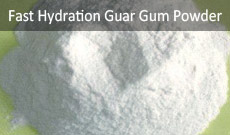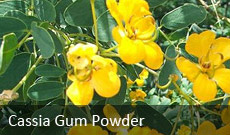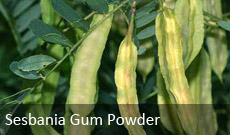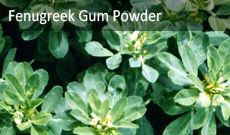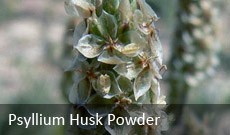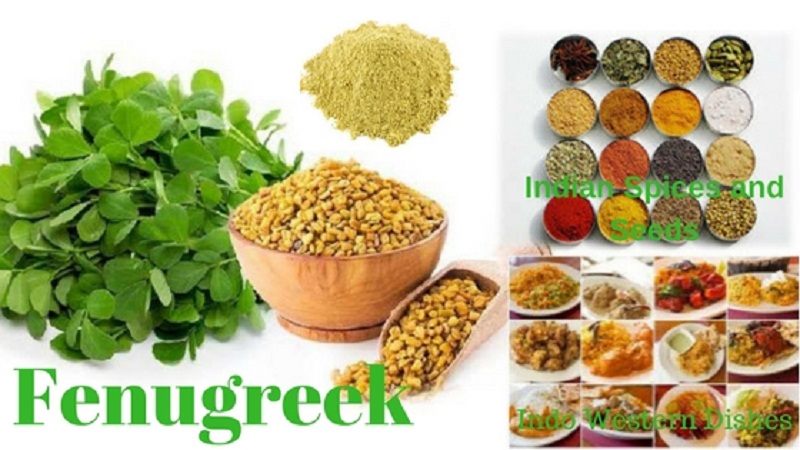The fenugreek plant is well adaptable to a wide range of atmospheric conditions, temperatures and soils and therefore it is adaptable to different habitats. The plant grows in more than 20 countries around the Asia continent, Europe, Africa and America.
Fenugreek Gum Powder
The fenugreek gum powder is extracted from the fenugreek seeds. The seeds are rectangular to oval in shape, dirty orange to golden color and they have two endosperms which are galactomanans in nature. The powder is obtained from the milled endosperm of these seeds. It is a unique galactomannan with a high rate of galactose substitution since the mannose to galactose ratio is 1:1. This makes it have more solubility in cold water compared to other galactomanans.
The fenugreek gum powder is obtained through a series of mechanical processes including;
- Washing and hydrating the splits
- Flaking using roller mills to obtain better solubility
- Drying
- Grinding
- Separation; done using sifters of 100 mesh,200 mesh and 300 mesh.
- Blending and packaging.
Phytochemicals of Fenugreek Gum Powder
The main chemicals contained in the fenugreek gum powder are the galactomannans, steroidal sapogenins and isoleucine.
Recently, studies have been conducted that highlight the biological and therapeutic properties of the fenugreek plant. These are attributed to several active secondary metabolites present in the plant including alkaloids, flavanoids, steroids, and saponins. The presence of phytochemicals called diosgenin and steroidal saponins are seen to be the main contributors for the plant being used in the productions of steroidal hormones.
The alkaloids together with other volatile compounds are responsible for the bitter taste and characteristic aroma of fenugreek. It is also a significant source of vitamin B, iron, silicon, sodium, protein, amino acids, fatty acids and dietary fiber. The fenugreek gum powder is also rich in soluble fiber, mucilage and the galactomannan that affect the uptake of bile salts and starch absorption.
The fenugreek plant is also a good source of antioxidants. Research has also reported that fenugreek fiber creates a satiety feeling in the body, has an effect on the blood glucose, insulin response and energy intake. The fenugreek fiber has also been observed to bind to and eliminate carcinogens in the intestines.
Diosgenin
This is the most important of all the secondary metabolites found from the fenugreek gum powder. It has been found to have estrogenic activity and is also the most bioactive of the phytochemicals in the plant extracts. In industrial manufacturing, the compound is the active ingredient enabling large scale production of steroidal drugs and hormones such as testosterone, norethisterone, glucocorticoids and progesterone. It has also been seen to exhibit anti-cancer and anti-aging activities as well as cardioprotective and contraceptive action.
Other Industrial Applications of Fenugreek Gum Powder
Due to the effect of the fenugreek gum powder on the viscosity of fluids, it has gained various industrial applications in the food industry whereby it aids in texturization of baked goods, moisture retention and thickener in sauces. It also acts as a stabilizer in frozen products. The fenugreek gum powder is used as a food ingredient, flavoring agent, herb and spice.




